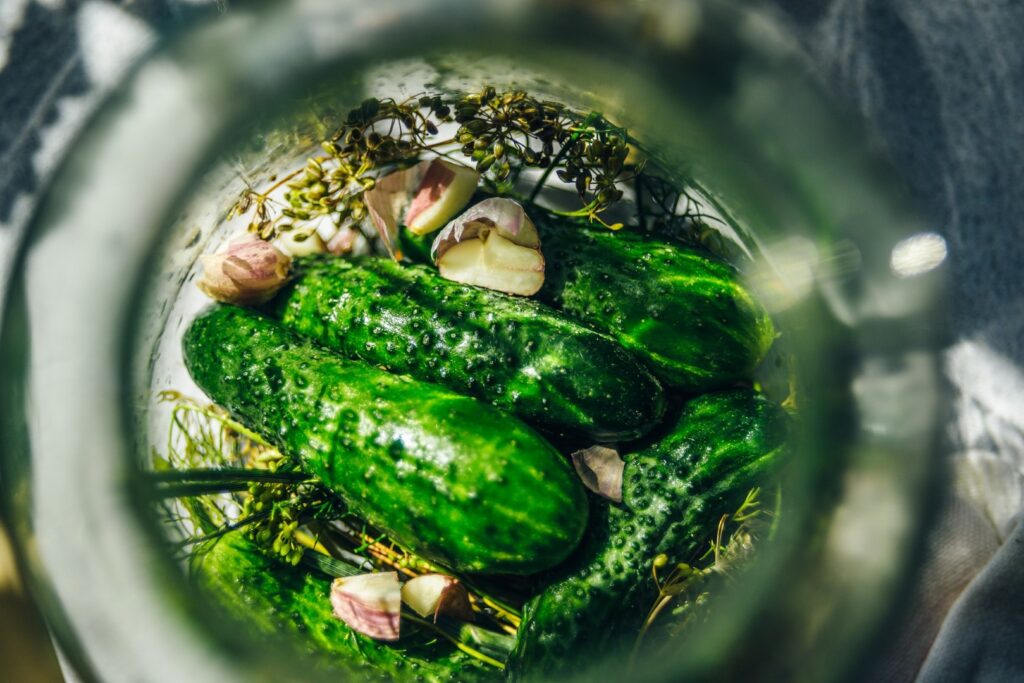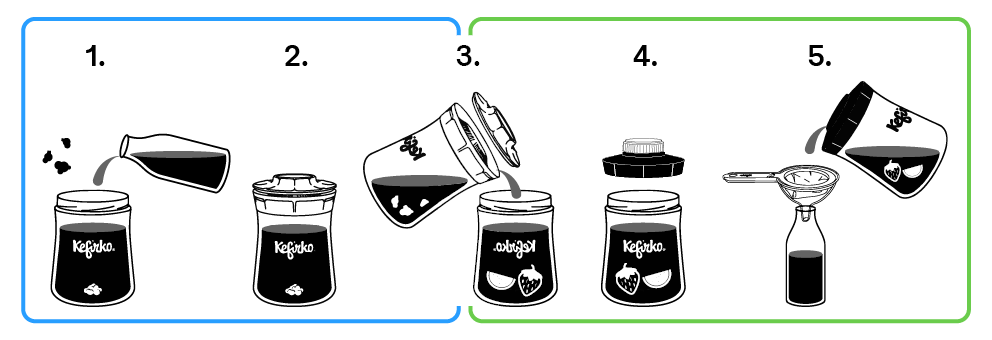WHAT IS FERMENTATION ?
Fermentation is a biochemical process that involves the transformation of organic compounds—most commonly sugars—into other chemical substances with the help of microorganisms. This process can occur under anaerobic conditions (without the presence of oxygen) or aerobic conditions (in the presence of oxygen). Fermentation plays a key role in both the food industry and biotechnology.
It is a completely natural process and has been used as a traditional method of food preservation for thousands of years.

USES OF FERMENTATION ?
The process of fermentation is all around us and plays a vital role in everyday life. It is widely used in products we consume daily, such as bread, yogurt, cheese, kefir, fermented vegetables (like sauerkraut and kimchi), kombucha, and even coffee. Beyond food and drinks, fermentation is essential in the production of pharmaceuticals (like antibiotics), biofuels (such as ethanol), and in wastewater treatment. This natural, microbial-driven process is key to both traditional food preservation and modern biotechnology.
FERMENTED FOODS
This process improves the shelf life, taste, and texture of foods, while also offering certain health benefits. Fermented foods include kimchi, kombucha, and kefir, as well as more everyday products like sauerkraut, yogurt, wine, and coffee. There are many different types of fermentation – from lactic acid to alcoholic, acetic, and others – which is why fermented products differ in their preparation methods, the types of microorganisms involved, their effects on the body, and their final taste.

TYPES OF FERMENTATION
- Lactic Acid Fermentation
Microorganisms: Lactobacillus, Streptococcus
Converts sugars (e.g., lactose) into lactic acid
Increases acidity, shelf life, and digestibility
Examples: yogurt, kefir, sauerkraut, fermented vegetables, sausages
Occurs anaerobically (without oxygen) at 30–40 °C
- Alcoholic Fermentation
Microorganisms: Saccharomyces cerevisiae (yeast)
Converts sugars into alcohol (ethanol) and carbon dioxide
Essential in the production of alcoholic beverages and bread
Examples: wine, beer, bread, spirits
Occurs anaerobically at an optimal temperature of 20–30 °C
- Acetic Acid Fermentation
Microorganisms: Acetobacter (acetic acid bacteria)
Converts alcohol into acetic acid (requires oxygen!)
Used for preservation and flavor
Examples: apple cider vinegar, wine vinegar, balsamic vinegar, rice vinegar
Occurs aerobically (with oxygen) at 20–30 °C
- Mold Fermentation
Microorganisms: Molds such as Aspergillus, Penicillium
Break down complex substances, develop distinctive flavor and texture
Examples: tempeh, miso, soy sauce, cheeses, rice wine
Occurs either aerobically or anaerobically, at 25–30 °C and high humidity
PRIMARY AND SECOND (SECONDARY) FERMENTATION

- Starter culture and liquid
- Fermentation (primary)
- Remove culture and add flavor
(syrup, fruit, herbs) - Fermentation (secondary)
- Bottling and serving
PRIMARY FERMENTATION:
- Takes place at the beginning of the process.
- An initial culture is used (SCOBY, kefir grains, etc.).
- Produces the basic food or beverage (milk kefir, kombucha, water kefir).
- No flavors are added (fruit, herbs, etc.) to avoid contaminating the culture.
- Occurs with some exposure to air.
Explore our collection of recipes!
SECONDARY FERMENTATION:
- Takes place after the initial culture is removed.
- Fruit, herbs, syrups, or additional sugar can be added.
- Enhances and rounds out the flavor of the beverage.
- Reduces the sugar content.
- In closed containers, bubbles form (natural carbonation).
Interested in exploring Second Fermentation?
BENEFITS OF FERMENTED FOODS
Fermented food offers numerous health and nutritional benefits. It is rich in probiotics, which support a healthy gut and strengthen the immune system. Fermentation improves digestibility by breaking down complex components and also enhances the nutritional value by increasing the content of vitamins and minerals. These products are naturally more shelf-stable and last longer. Additionally, fermentation creates unique flavors and textures, adding variety and richness to everyday meals.



